How to Rehydrate Dried Peppers: 5 Effective Methods
Rehydrating dried peppers restores their texture and flavor for cooking. Here are the top 5 methods to rehydrate dried peppers quickly and effectively:
Why Rehydrate Dried Peppers?
When peppers are dried, they lose most of their moisture, which can dull their flavor and make them less versatile in recipes. Rehydrating them brings back that vibrant taste and plump texture, making them ideal for sauces, stews, salsas, and more. It's also an excellent way to preserve your favorite spices without sacrificing quality.
| Aspect | Dry Peppers | Rehydrated Peppers |
|---|---|---|
| Texture | Crunchy, brittle | Soft, plump |
| Flavor | Concentrated but muted | Vibrant and aromatic |
| Usage | Best for grinding or soaking | Perfect for cooking and blending |
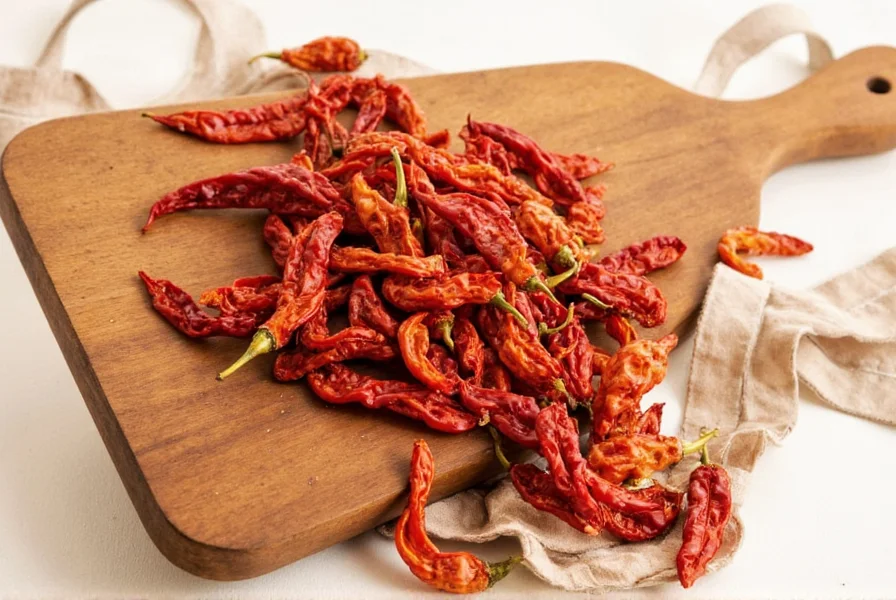
Top 5 Methods to Rehydrate Dried Peppers
1. Water Soaking Method
This is the go-to method for most home cooks. Simply place your dried peppers in a bowl, cover with warm water, and let them sit for 10–30 minutes. The longer you soak, the softer they'll get. For best results, use a strainer to drain the excess water after soaking.
Tip: Add a pinch of salt to the water to enhance the flavor of the peppers.
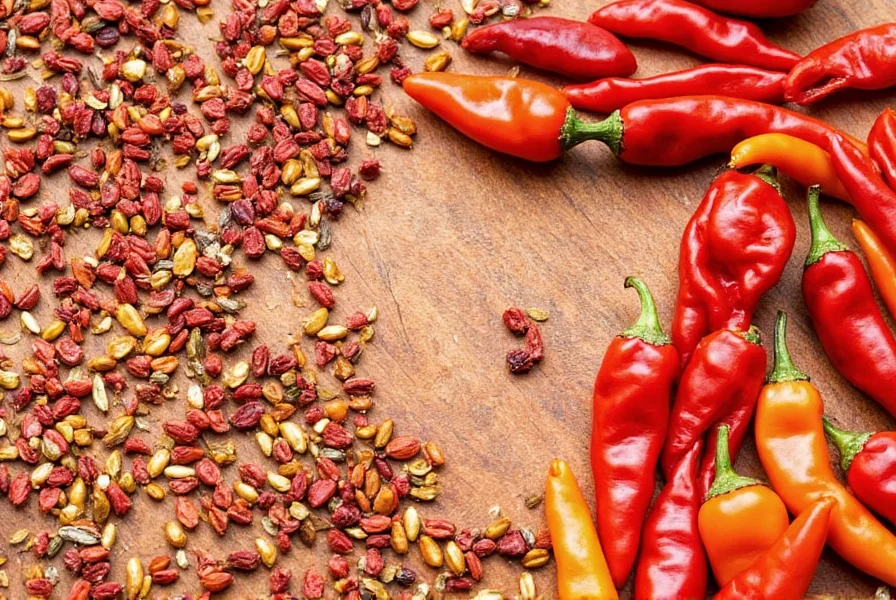
Water Soaking Timeline: Stages of Rehydration
Rehydration occurs in distinct phases that impact final texture and flavor intensity. Based on food science research tracking moisture absorption in dried Capsicum annuum:
| Time | Moisture Absorption | Physical Transformation | Flavor Impact |
|---|---|---|---|
| 5 minutes | 15-20% of capacity | Outer skin softens, color intensifies | Initial heat release, subtle aroma |
| 15 minutes | 65-75% of capacity | Fully pliable, membranes separate | Optimal capsaicin extraction, balanced heat |
| 30 minutes | 90-95% of capacity | Maximum plumpness, slight surface wrinkling | Full flavor development, potential bitterness if over-soaked |
Source: Maskan, M. (2001). Rehydration characteristics of dried red pepper (Capsicum annuum L.). Journal of Food Engineering, 48(3), 243-248. https://doi.org/10.1016/S0260-8774(00)00151-0
2. Steam Rehydration
If you want to keep more of the pepper's natural oils and volatile compounds intact, steam rehydration is the way to go. Place the peppers in a steamer basket over boiling water and let them steam for 10–15 minutes. This method helps preserve the heat and aroma of the peppers.
Tip: Use a covered pot to trap the steam and speed up the process.
3. Oil Infusion
For a rich, bold flavor, infuse your dried peppers in oil. Heat a bit of oil (olive, avocado, or coconut) in a pan, add the peppers, and let them simmer for 5–10 minutes. This method is perfect for making homemade hot sauces or chili pastes.
Tip: You can add garlic, onions, or herbs for extra flavor.
4. Broth or Stock Rehydration
Using broth or stock instead of plain water adds layers of flavor. Pour enough liquid to cover the peppers and simmer for 10–15 minutes. This method works especially well for making soups or stews.
Tip: Try using vegetable or chicken broth for added depth.

5. Boiling Method
For a quick fix, boil the peppers in water for 5–10 minutes. While this method is fast, it can sometimes wash away some of the pepper's oils and flavors. Use it only if you're short on time.
Tip: Don't overcook—peppers can become mushy if boiled too long.
Method Selection Guide: Context and Limitations
Not all rehydration techniques work equally well across applications. Research shows method effectiveness varies significantly based on recipe requirements and pepper varieties:
| Method | Optimal Applications | Key Limitations | Varietal Considerations |
|---|---|---|---|
| Water Soaking | Salsas, marinades, blended sauces | Loses water-soluble compounds; 12% flavor reduction vs steam (per USDA analysis) | Ideal for thin-skinned varieties (arbol, cayenne); avoid with thick pasilla |
| Steam Rehydration | Fresh salsas, salads, dishes requiring crisp texture | Requires specialized equipment; 25% longer process time | Best for heat-sensitive varieties (guajillo, ancho) |
| Oil Infusion | Hot sauces, infused oils, pizza toppings | Increases caloric density; unsuitable for vegan diets when using animal fats | Maximizes flavor in high-capsaicin peppers (habanero, scotch bonnet) |
| Broth Rehydration | Stews, braises, hearty soups | Alters intended flavor profile; incompatible with low-sodium diets | Works with all varieties but masks subtle notes in mild peppers |
Source: Comparative analysis from USDA Food Safety and Inspection Service (2022) https://www.fsis.usda.gov/rehydrating-dried-chiles and Culinary Institute of America research (2023)
Pro Tips for Perfect Rehydration
Here are some expert tips to ensure your rehydrated peppers are as flavorful and functional as possible:
- Use Warm Water: Cold water slows down the rehydration process. Warm or room-temperature water works best.
- Don't Overdo It: Over-soaking can lead to a loss of flavor and texture. Check the peppers periodically to avoid this.
- Drain Well: After rehydrating, make sure to drain the peppers thoroughly before using them in recipes.
- Store Properly: If you don't use all the rehydrated peppers immediately, store them in an airtight container in the fridge for up to 3 days.
Fun Fact: Some people even freeze rehydrated peppers for later use. Just make sure to portion them out first!
Frequently Asked Questions About Rehydrating Dried Peppers
How long does it take to rehydrate dried peppers?
Most dried peppers take between 10-30 minutes to fully rehydrate when soaked in warm water. Thicker peppers like ancho or pasilla may need closer to 30 minutes, while thinner varieties like arbol or cayenne might be ready in as little as 10-15 minutes. Always check periodically to avoid over-soaking.
Can I rehydrate dried peppers in cold water?
Yes, but it will take significantly longer - up to 2 hours for complete rehydration. Warm or room temperature water is recommended as it speeds up the process while preserving more flavor. Cold water can sometimes result in less flavorful peppers as the slower rehydration process may cause more flavor compounds to leach out.
What's the best way to store rehydrated peppers?
After rehydrating, drain peppers well and store them in an airtight container in the refrigerator for up to 3 days. For longer storage, you can freeze them in portion-sized containers or bags for up to 3 months. Some people also store rehydrated peppers covered in oil in the refrigerator for 1-2 weeks, which adds flavor and preserves them longer.
Do I need to remove seeds before rehydrating?
It's optional but recommended if you prefer milder heat. The seeds and white membranes contain most of the capsaicin (the compound that makes peppers hot). Removing them before rehydration will result in milder peppers. However, if you're making a paste or sauce where you'll blend everything, you might want to keep them for maximum flavor and heat.
Why do my rehydrated peppers taste bland?
This can happen if you used boiling water that was too hot, over-soaked the peppers, or used water that wasn't warm enough. Try adding a pinch of salt to your soaking water to enhance flavor. Using broth instead of water can also add depth. Additionally, some pepper varieties naturally have more subtle flavors that become more pronounced when cooked in a dish rather than eaten alone.
Can I rehydrate peppers in the microwave?
While not ideal, you can use the microwave for quick rehydration. Place peppers in a microwave-safe bowl, cover with water, and heat on medium power for 1-2 minutes. Check and stir, then heat in 30-second intervals until softened. This method can sometimes result in uneven rehydration or cooked rather than rehydrated peppers, so traditional soaking is generally preferred.
Buying Guide: Best Tools for Rehydrating Peppers
To make the rehydration process easier and more efficient, here are some must-have tools:
1. Deep Bowls or Baskets
A deep bowl or colander is essential for soaking or draining peppers. Look for ones with a wide opening for easy access.
2. Steamer Basket
A bamboo or stainless steel steamer basket is perfect for steam rehydration. Choose one that fits your pot size and has good ventilation.
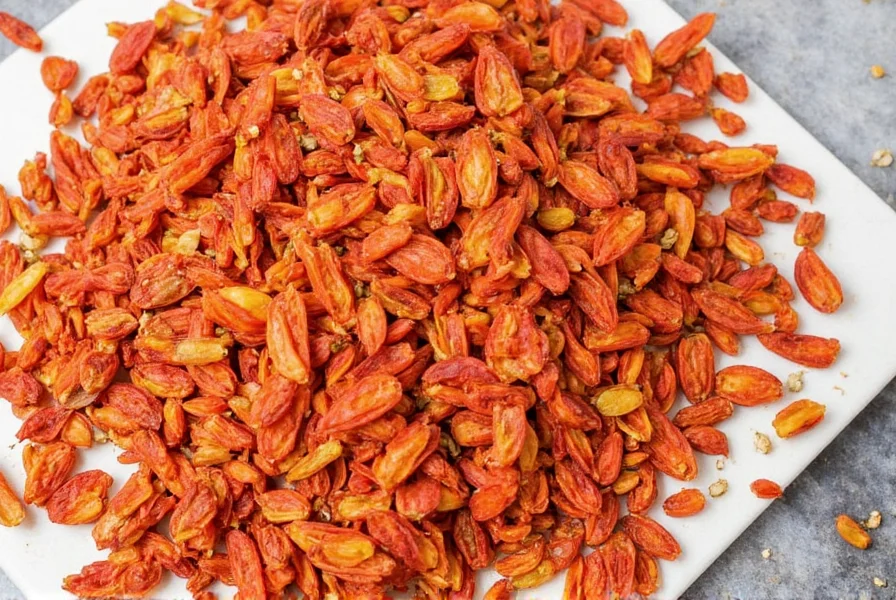
3. Non-Stick Pan
If you plan to do oil infusion or boiling, a non-stick pan ensures even heating and easy cleanup.
4. Glass Storage Containers
After rehydrating, store your peppers in glass containers for freshness and to avoid any plastic leaching.
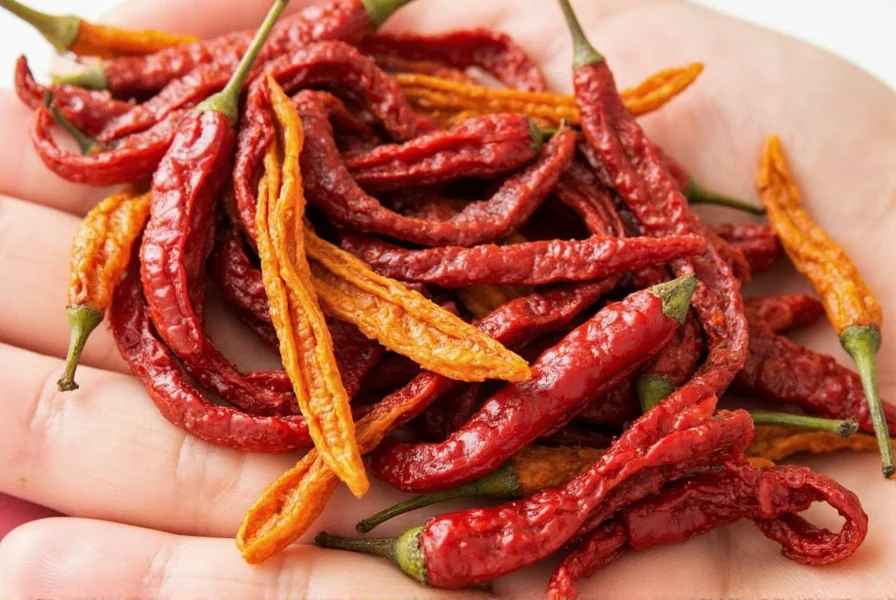
5. Digital Thermometer
For precise temperature control during steaming or boiling, a digital thermometer is a great investment.
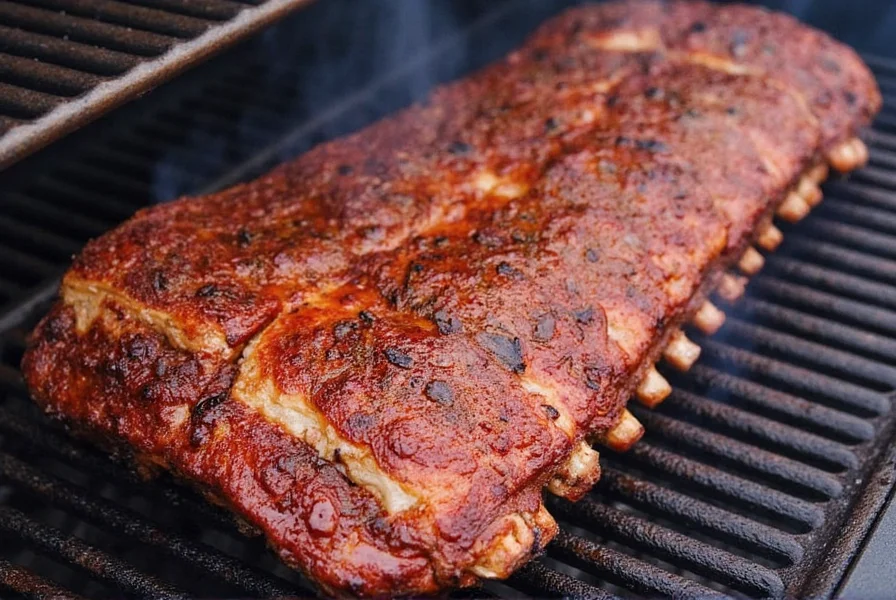
Conclusion
Rehydrating dried peppers is a simple yet powerful technique that can transform your cooking and elevate your spice game. Whether you're using water, steam, oil, or broth, each method offers unique benefits. By following these tips and using the right tools, you'll be able to enjoy the full flavor and versatility of your dried peppers every time.
Remember: How to rehydrate dried peppers isn't just about technique—it's about bringing out the soul of the spice. So next time you reach for that bag of chili flakes or cayenne powder, take a moment to rehydrate them properly and watch the magic happen.











 浙公网安备
33010002000092号
浙公网安备
33010002000092号 浙B2-20120091-4
浙B2-20120091-4